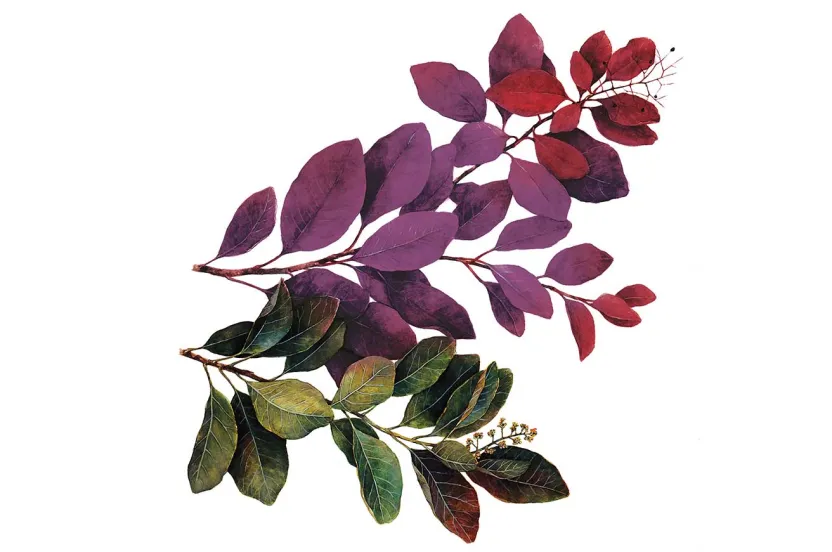Now live: The 2025 Canopy Report. Learn how Americans see trees. GET THE REPORT
Quercus alba
“If oak is the king of trees, as tradition has it, then the white oak, throughout its range, is the king of kings.” -Donald Peattie
When early settlers discovered forests full of white oaks, they were ecstatic. They discovered a wood that rivaled the cherished English oak. They started using white oak wood in flooring, furniture, bridges, and railroad cars. The durability of white oak is prized so much so that it was commonly used as the keels of mine sweepers and patrol boats during World War II. As with many oak trees, white oak is not only sought after for its strength, but its longevity. White oak trees can live up to 300 years, with some living longer, such as a white oak in Basking Ridge, New Jersey.
Nicknamed the “Holy Oak,” this white oak tree was believed to be the oldest white oak in the country at 600 years old. The oak tree survived through war and natural disaster and hundreds of storms. It lived before the formation of the country.
In 1717, farmers built a church next to the tree, and eventually a town was built around the church that was built next to the tree. The tree became a centerpiece for the community. George Washington and Marquis de Lafayette picnicked under the shade of the tree. When drought struck the town in the 1970s, residents supported volunteer firefighters who watered the oak, even when residents couldn’t water their lawns. In 2012 when hurricane Sandy swept the east coast, the Holy Oak stood its ground, refusing to give in to the storm’s demands.
But, despite its stubbornness, the Holy Oak finally gave in. Six centuries later, the white oak in Basking Ridge started to decline, and in April 2017 the tree was removed after showing signs of rot and weakness in last couple years of its life. The community was devastated to say goodbye to the historic tree.
In the landscape
Earning its common name for its light-colored bark, the white oak is admired by many. It is the state tree of Connecticut, Illinois, and Maryland. It’s revered for its luscious foliage and high tolerance (hardiness zones 3-9). Although it is a slow growing tree, it lives for years to come.




